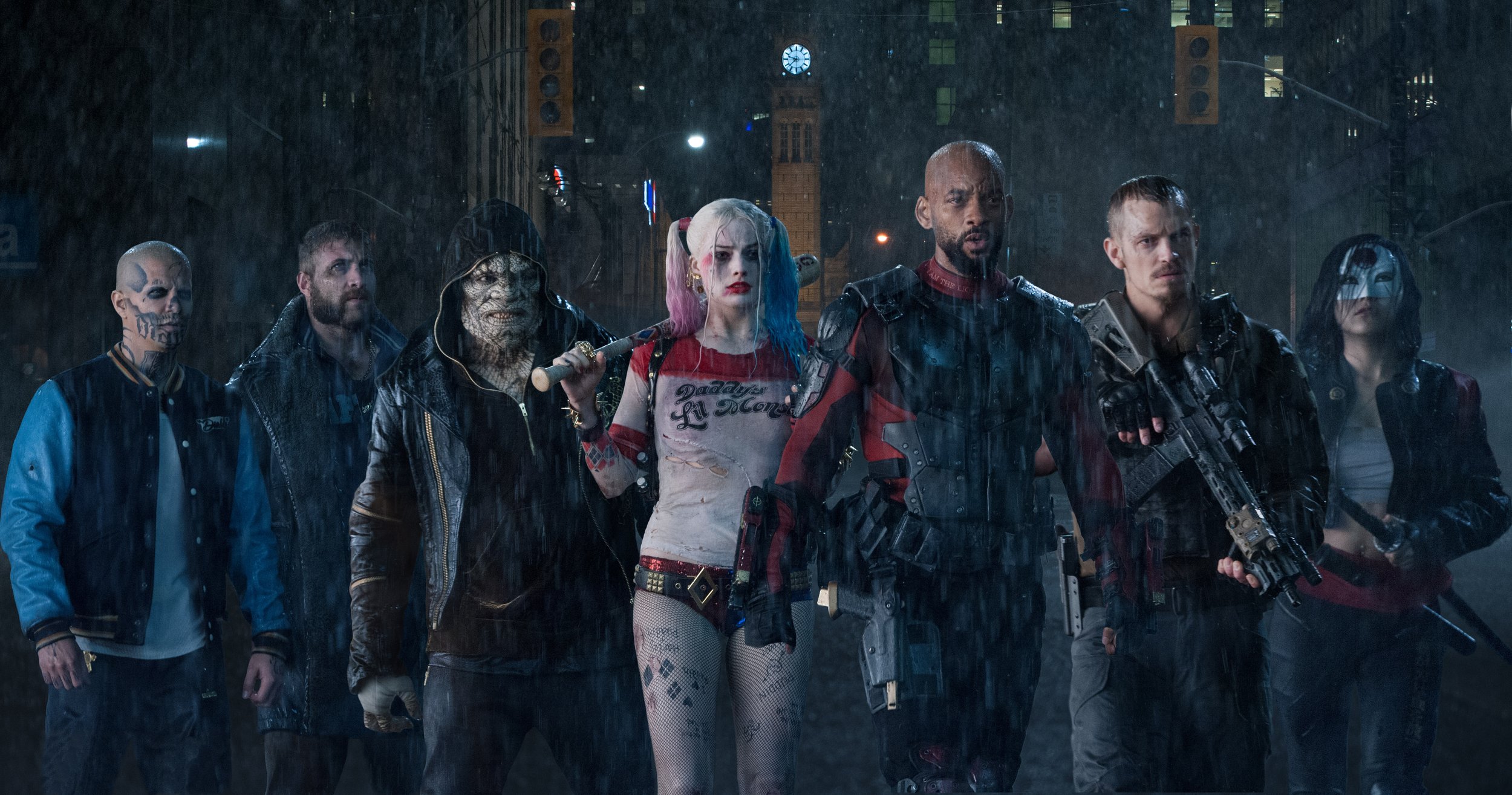Motion Capture for Movies vs Games
Suicide Squad (2016)
The lines between movies and games are blurring. From a technical point of view. This is in no small part thanks to motion capture (mocap) pushing creative boundaries, but there are still fundamental differences between mocap for films and games. Chiefly, the realities of capturing narrative-first set-pieces versus pure movement.
Here at Animatrik our studios contain ‘volumes’ – spaces designed specifically for capturing motion-tracked performances. We've seen film producers and game-makers using the space and, while there are some similarities in the process, we’ve noticed key differences in their production workflows.
The distinctions between developing motion capture for the two can be found in whether they’re capturing scripted, long-form narrative content or gameplay action movements such as jumping or falling. The elements involved, from tracking camera angles, production design, and studio scheduling require different teams and methods.
Narrative-first motion capture
Movies, and by extension game cinematics, are more story driven than individual gameplay components – creatives often take their time guaranteeing a fully immersive narrative experience. The differences in the capture process are dependent on whether the studio’s goal is to drive the narrative or capture specific movements.
One of the defining characteristics of a motion capture shoot is the studio schedule. For cinematic projects, Animatrik’s studios are often booked for an entire day of shooting where productions can take their time on a project, repeating multiple takes and scenes to ensure they’re capturing the exact story beats they need.
Challenges that are apparent on a traditional film set, such as camera angles, lighting or sound, are not such a constraint in motion capture. Instead, the difficulty found in both films and game cinematics is in combining both live action and animation techniques.
Positioning mocap performers alongside live action actors on set adds an element of difficulty due to camera positioning. It’s vital to understand exactly how many tracking cameras are enough to get all the coverage required in a given shot. To minimize the need for too many motion capture cameras in the frame, they must be positioned perfectly. If not, hiding the added cameras from their live action counterparts can become a difficult balancing act.
Reflective components on these shoots such as costumes, lighting and cables add to this balancing act. It results in the crew spending time in mocap software to manually unmark reflections that might impinge on the capture process. Having a studio space that maximizes coverage can ultimately define the final look.
The Jungle Book (2016)
Movement-first motion capture
Game studios often come in for shorter periods. Aside from the cinematic sequences that are increasingly common in game productions, they’re there to capture specific movements performed by actors rather than sections of a wider story.
These movements often involve capturing movements such as jumps, falls, and action shots. Gameplay; capturing elements of play. For gameplay, they’re in the studio to capture a large number of shots within a specific timeframe, involving less narrative impetus. This content can then be worked on later in the development schedule since the animation process allows for the combination of different takes.
Utilizing motion capture also helps to build lifelike character models in the game. Take God of War’s Kratos, for example. With motion capture, that production used actor Christopher Judge’s size to develop a different-looking character model to the real man.
Film productions are made up of teams that come and go in a short space of time. Game teams, on the other hand, work together on a long-term basis, spending time building characters and developing detailed action sequences. These teams have often worked in animation for years, usually in different specialties such as rigging or stop-motion, granting productions a deeper understanding of the process.
Blurring the lines
Filmmakers are quickly adopting the benefits of motion capture to drive and develop narrative content. They’re increasingly understanding and utilizing its capabilities more than ever before. As motion capture technology and its uses evolve, we continue to learn more about its capabilities within film, TV, and gaming – even stretching into markets outside media and entertainment.
When deciphering the differences between the two forms of storytelling, the realities of capturing narrative-first set-pieces versus pure movement have become the standout determining factors. As filmmakers’ understanding of the technology deepens, James Cameron leading the way with his innovation within the Avatar franchise, the lines will continue to blur and these differences may become insignificant. Ultimately, workflows will become more streamlined and creativity will be unleashed by the capabilities of the technology as the two formats converge.


